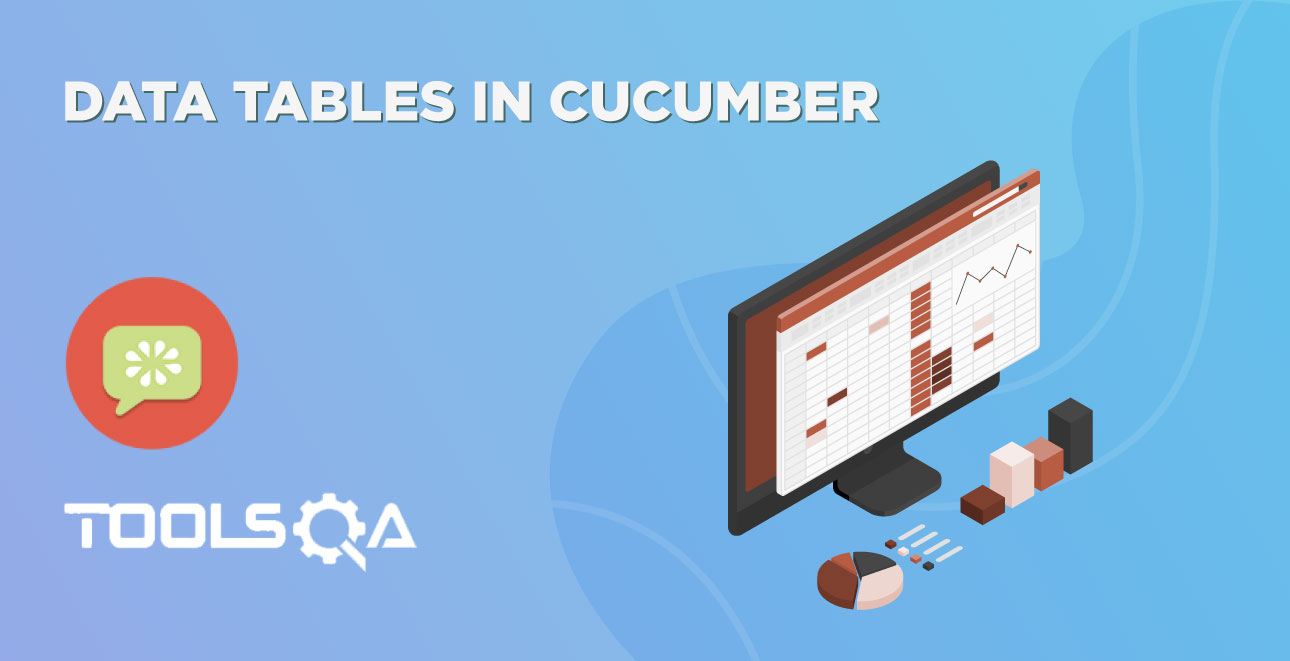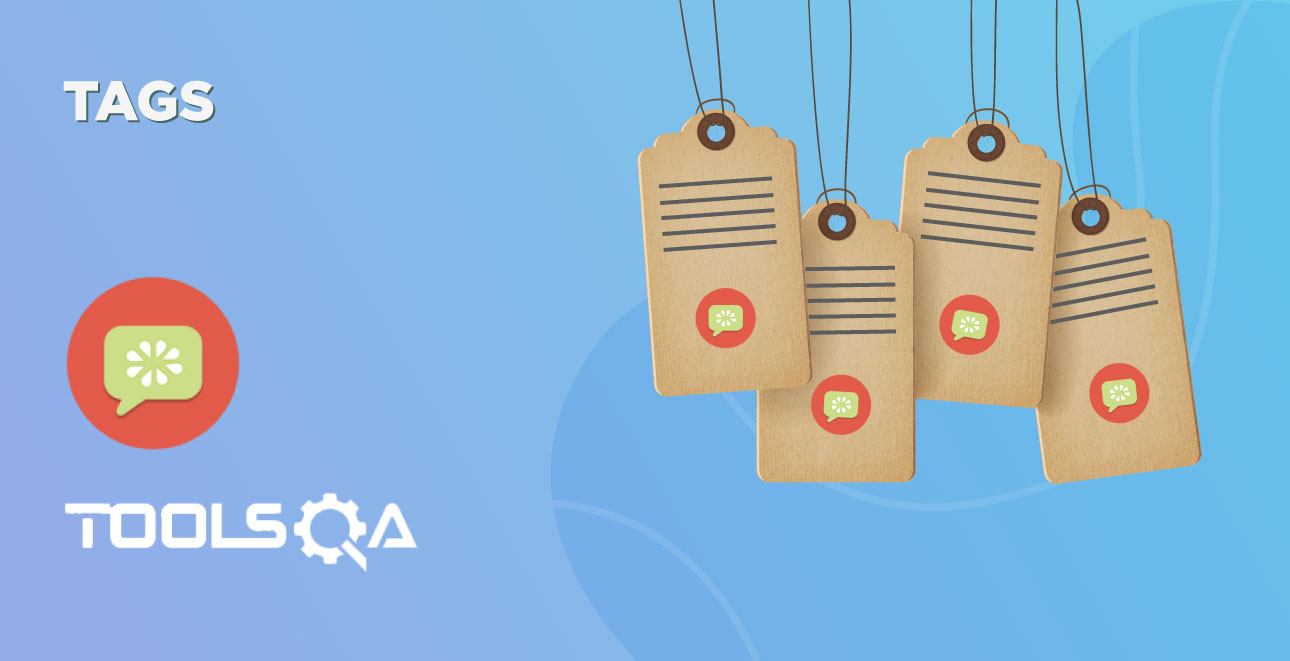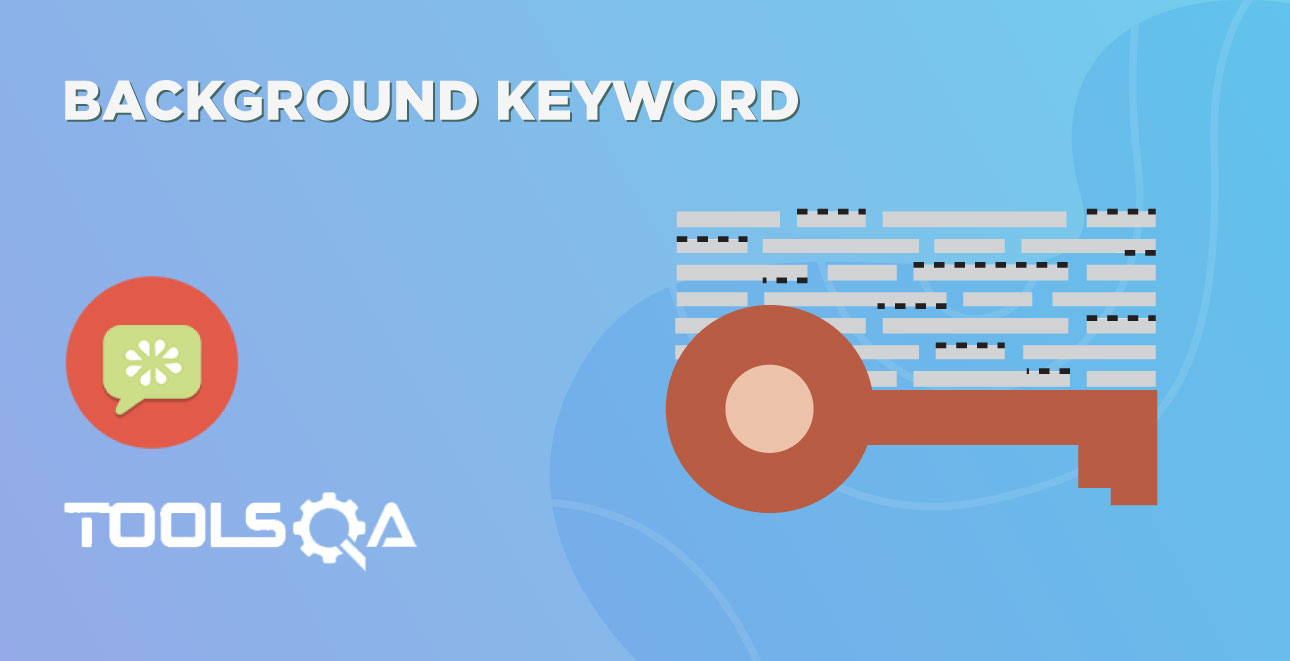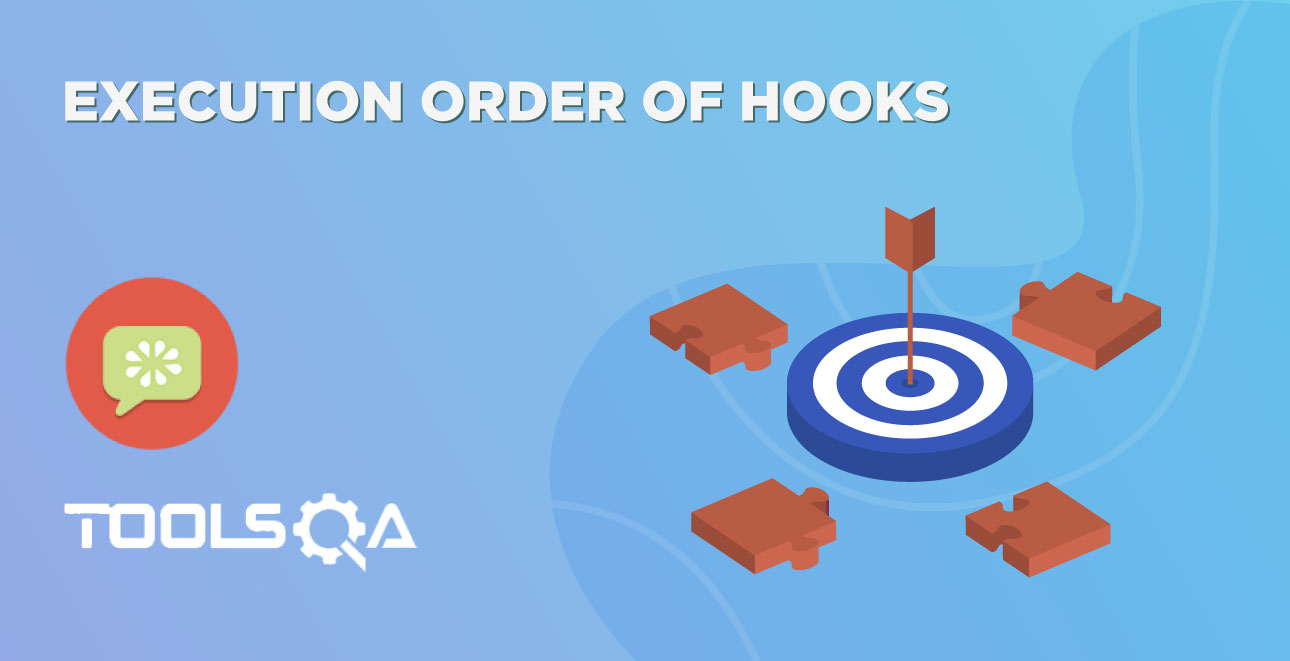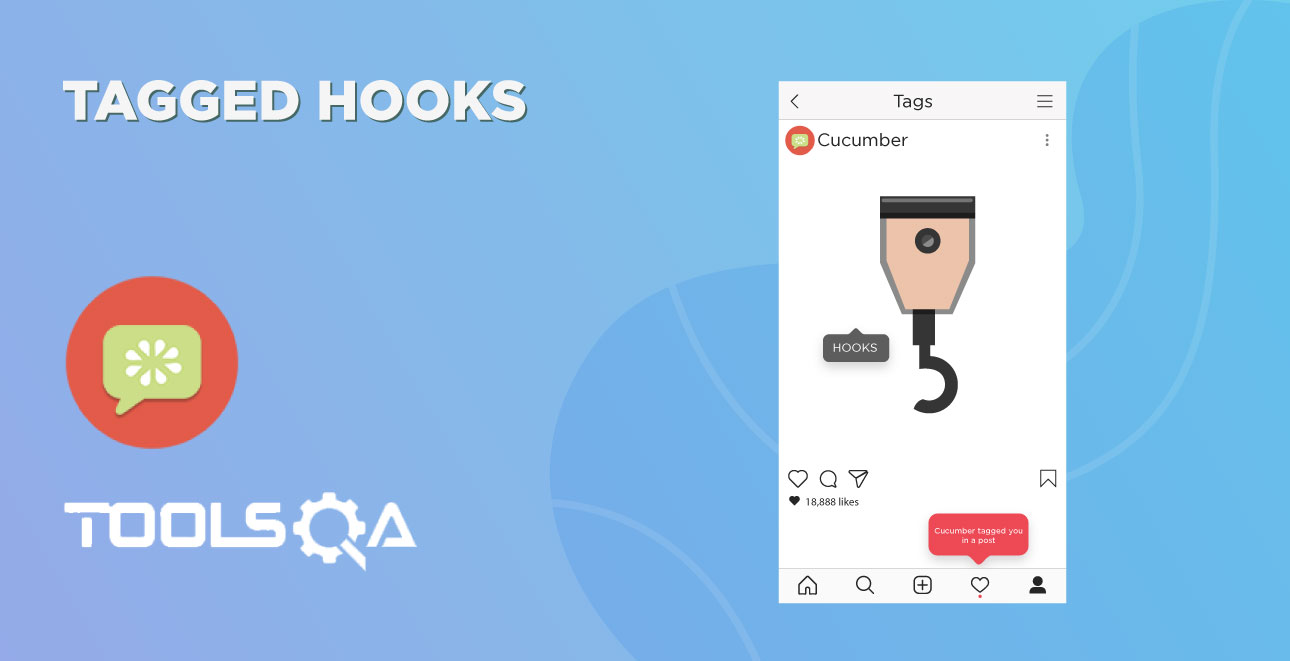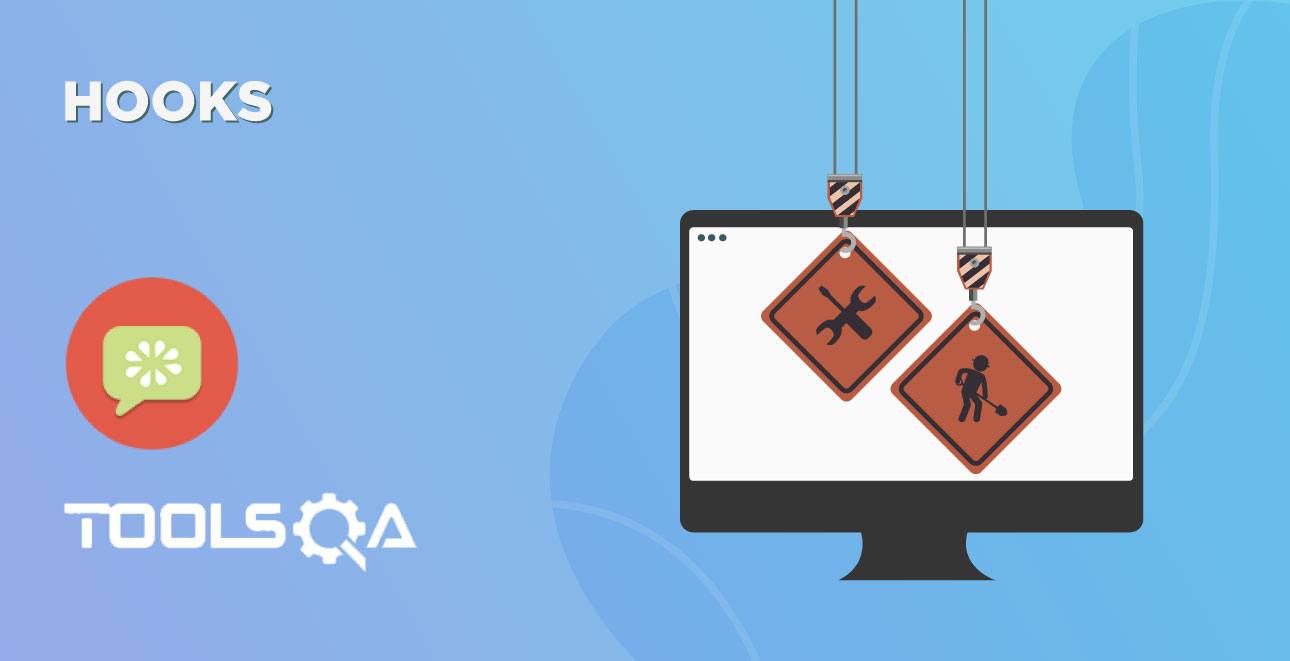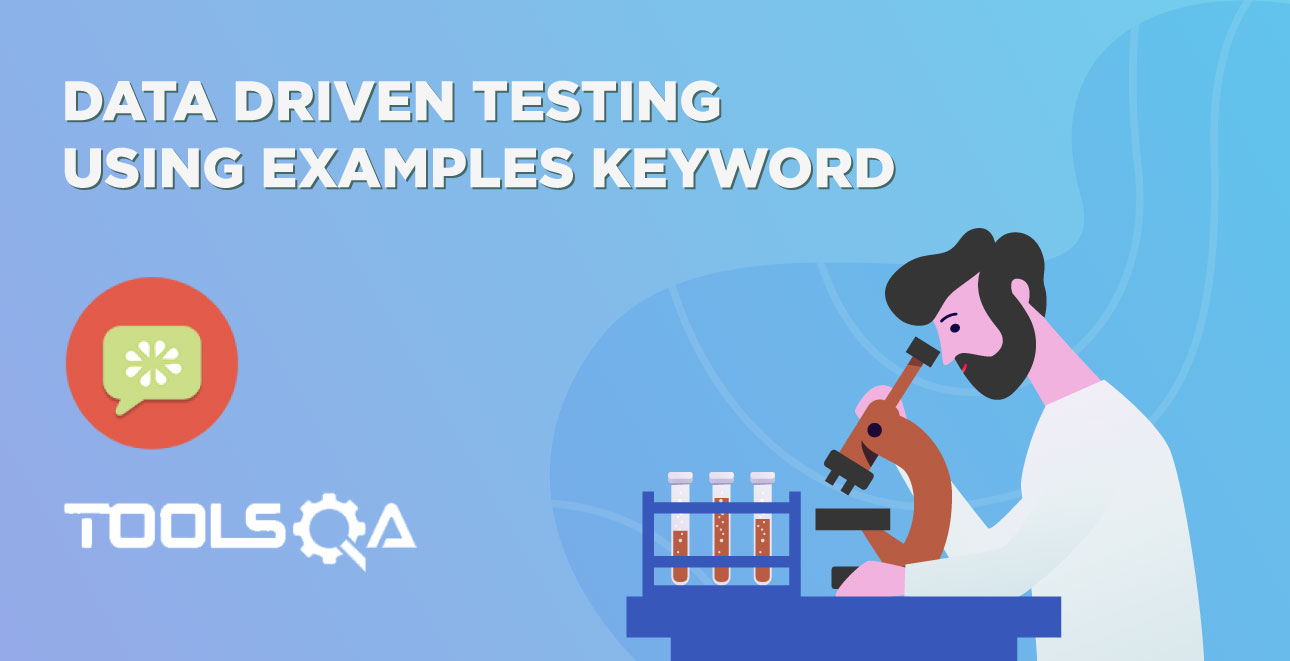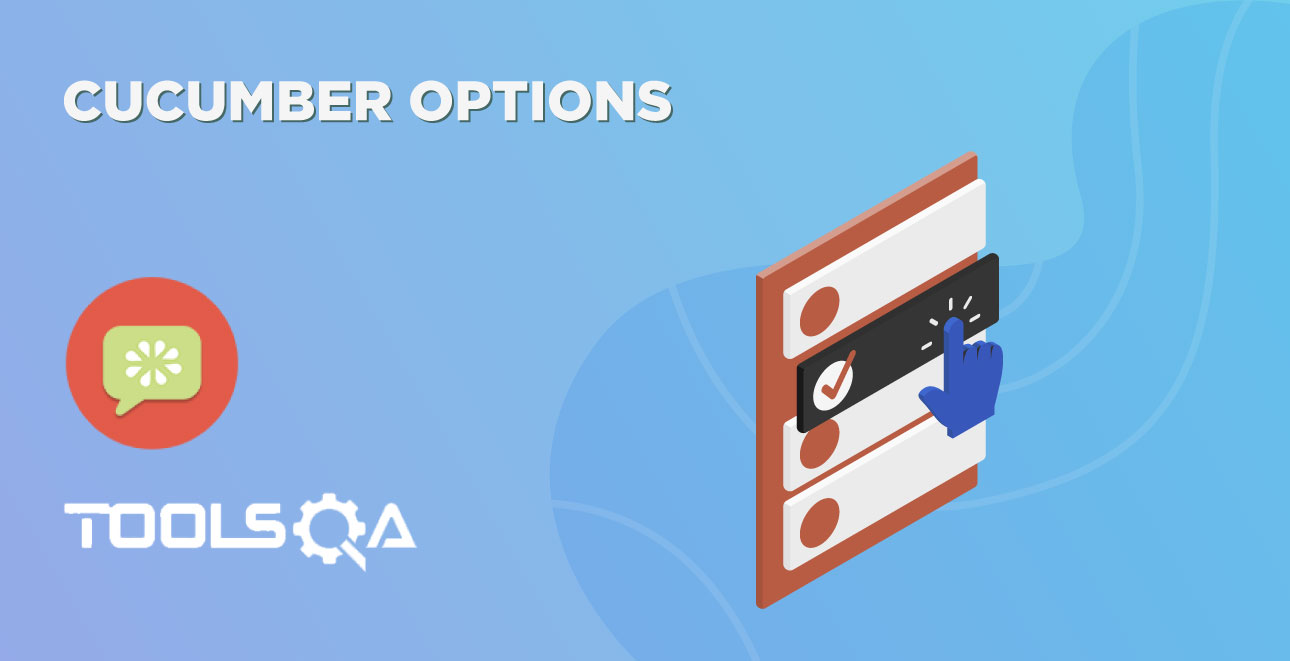In the previous chapter of Data Tables in Cucumber, we consider a very simple example of passing UserName and Password in the step. Let's take a little complex scenario where a good amount of data is required to pass in the step. Or what is there are multiple columns of test data is present. How would you handle it? The answer is to make a Use of Maps in Data Tables.
Maps in Data Tables
Maps in Data Tables can be used if different ways. Headers can also be defined for the data tables. A same step can be executed multiple times with different set of test data using Maps.
Maps in Data Tables with Header
In the previous chapter of Data Tables in Cucumber, we pass Username & Password without Header, due to which the test was not much readable. What if there will be many columns. The basic funda of BDD test is to make the Test in Business readable format, so that business users can understand it easily. Setting Header in Test data is not a difficult task in Cucumber. take a look at a below Scenario.
Feature File Scenario
Scenario: Successful Login with Valid Credentials
Given User is on Home Page
When User Navigate to LogIn Page
And User enters Credentials to LogIn
| Username | Password |
| testuser_1 | Test@153 |
Then Message displayed Login Successfully
The implementation of the above step will be like this:
@When("^User enters Credentials to LogIn$")
public void user_enters_testuser_and_Test(DataTable usercredentials) throws Throwable {
//Write the code to handle Data Table
List<Map<String,String>> data = usercredentials.asMaps(String.class,String.class);
driver.findElement(By.id("log")).sendKeys(data.get(0).get("Username"));
driver.findElement(By.id("pwd")).sendKeys(data.get(0).get("Password"));
driver.findElement(By.id("login")).click();
}
Maps in Data Tables with Multiple Test Data
In this test we will pass Username and Password two times to the test step. So our test should enter Username & Password once, click on LogIn button and repeat the same steps again.
Feature File Scenario
Scenario: Successful Login with Valid Credentials
Given User is on Home Page
When User Navigate to LogIn Page
And User enters Credentials to LogIn
| Username | Password |
| testuser_1 | Test@153 |
| testuser_2 | Test@154 |
Then Message displayed Login Successfully
The implementation of the above step will be like this:
@When("^User enters Credentials to LogIn$")
public void user_enters_testuser_and_Test(DataTable usercredentials) throws Throwable {
//Write the code to handle Data Table
for (Map<String, String> data : usercredentials.asMaps(String.class, String.class)) {
driver.findElement(By.id("log")).sendKeys(data.get("Username"));
driver.findElement(By.id("pwd")).sendKeys(data.get("Password"));
driver.findElement(By.id("login")).click();
}
}
Map Data Tables to Class Objects
Luckily there are easier ways to access your data than DataTable. For instance you can create a Class-Object and have Cucumber map the data in a table to a list of these.
Feature File Scenario
Scenario: Successful Login with Valid Credentials
Given User is on Home Page
When User Navigate to LogIn Page
And User enters Credentials to LogIn
| Username | Password |
| testuser_1 | Test@153 |
| testuser_2 | Test@154 |
Then Message displayed Login Successfully
The implementation of the above step will be like this:
@When("^User enters Credentials to LogIn$")
public void user_enters_testuser_and_Test(List<Credentials> usercredentials) throws Throwable {
//Write the code to handle Data Table
for (Credentials credentials : usercredentials) {
driver.findElement(By.id("log")).sendKeys(credentials.getUsername());
driver.findElement(By.id("pwd")).sendKeys(credentials.getPassword());
driver.findElement(By.id("login")).click();
}
}
Class Credentials
package stepDefinition;
public class Credentials {
private String username;
private String password;
public String getUsername() {
return username;
}
public String getPassword() {
return password;
}
}
